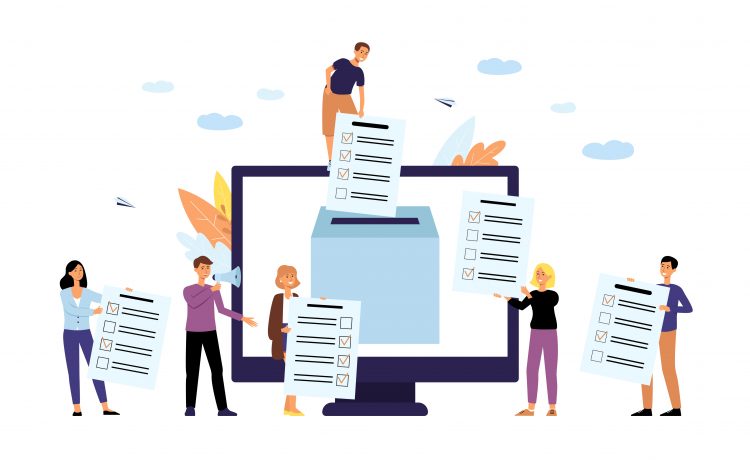How User Response Tracking Can Enhance Your Marketing Strategy

In today’s digital age, every aspect of people’s lives—including their social media activity, content consumption, and purchase history—can be translated into data. This data is constantly collected, processed, and analyzed by businesses who wish to understand the needs and interests of their customers. Data analytics enable companies to provide a seamless customer experience, improve their offerings, boost customer retention, and enhance their marketing campaigns.
However, not all customer data are valuable or worth collecting. For instance, some businesses won’t bother monitoring traffic from unqualified leads because these people rarely convert into paying customers. User response is another type of data that a lot of businesses tend to overlook.
What Is User Response?
User response or customer feedback provides your business with valuable insights into your audience’s experience with your brand, products, and services. These responses add context to your existing customer data and address gaps that your analytics may fail to spot.
There are two main types of user responses:
- Direct user responses: These are obtained directly from the customers, usually through surveys.
- Indirect user responses: These are generated by looking into how users are engaging with a product. Some examples are support data and usage data.
Soliciting and tracking user responses can be a slippery slope if you have no clear goal in mind. An experienced and capable internet marketing agency can help optimize your efforts, breakthrough your limitations, and ensure efficient deployment and analysis.
How Does User Response Tracking Enhance Marketing Strategy?
Here are some of the ways user response tracking can improve your marketing strategy:
1. Segmentation And Personalization:
The information you get from user responses allows you to divide your target audience into smaller, more defined categories called segments. Each segment may be grouped according to their level of interaction, satisfaction scores, and other behavioral metrics.
After you’ve organized your audience into these smaller groups, you can then send or apply personalized marketing messages to each segment. With personalized messaging, you can make tailored product suggestions, convey more concise information, and adapt the conversation to better capture your audience’s attention.
Personalization is a key marketing tactic that allows you to zoom in on your audience’s interests, behavior, and needs. It contributes to higher conversions, increased revenues, and stronger brand perception.
2. Focused Targeting:
When you track user responses, it’s easier for you to identify customer preferences and trends. Because you can predict your audience’s actions based on their responses, you can also make sure you can get your brand in front of your target customers.
For example, if a customer says they’d like to see lower prices, that means they’d probably be receptive to promotional emails offering discounts and deals. On the other hand, if a customer is dissatisfied with a certain product, they’re likely to welcome product recommendations that’ll make up for what their purchase is lacking.
3. Product Or Service Improvements:
Constructive criticism isn’t something you should shy away from. In fact, when you’re collecting user responses, you need to ask impartial questions and refrain from setting yourself up to only get favorable feedback. Is your product user-friendly? Does it make their life easier or does it only stress them out? Are they satisfied with your prices?
Tracking both positive and negative user responses allows you better understand how your product or service is faring. For instance, if some of your customers are having trouble with a specific aspect of your product, you’ll want to find out why so you can fix it. By getting their feedback, you can shape and market your offerings into something that your customers genuinely want and will continue to invest their money and time into.
4. Improve Customer Retention:
Customer acquisition costs refer to the amount of money that you spend on acquiring a customer for your business. One of the ways to determine whether your marketing efforts are profitable is to see if a customer spends more on your products than the acquisition cost. This method entails adopting the mindset that you’re not just marketing—you’re buying customers.
Customer retention programs such as user response tracking are designed to reduce customer acquisition costs. When you listen to what your customers have to say and take action to give them a better brand experience, they’re more likely to continue patronizing your business. This will allow you to reach your target revenue or a number of conversions without increasing your acquisition costs and relying instead on repeat business from your existing customer base.
Conclusion:
If you’re not already tracking user responses. Of course you’re missing out on valuable opportunities to leverage satisfied customers and learn from dissatisfied ones. Tracking will help you improve your marketing strategy, address any challenges, and drive growth for your business.
